Reading has never been so cool, or so alive up until now.
Forget the old paperbacks and high school assigned readings—Gen Z is redefining what it means to be a reader. For this generation, books aren’t merely for show (although, let’s face it, stylish book collections do appeal), they’re focused on connection, personal development, and pure literary enchantment. Reading has never been as vibrant or as awesome as it is now. This piece is reaching out to all the bibliophiles, atmosphere creators, and narrative explorers: this one’s meant for you.
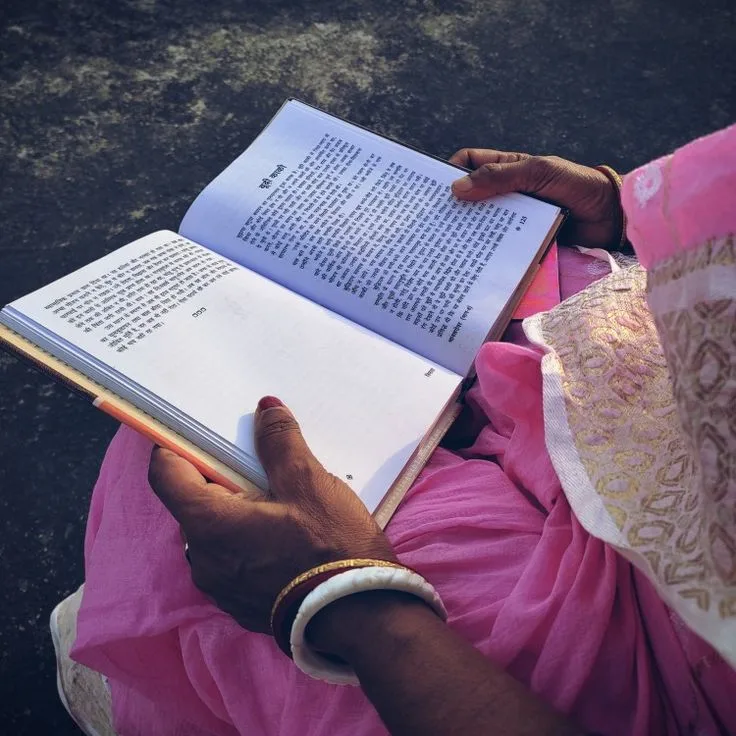
When was the last time you logged onto the Internet and noticed a young reader showcasing their latest book acquisitions, commonly referred to as Book Hauls? Once there was a time when readers sought advice from librarians or critics for book suggestions, but today, they browse. Platforms such as Bookstagram (Instagram) have figured out how to make literature viral, where one emotional review or a shared annotated page can turn a previously unknown novel into a bestseller in just one night. That is the strength of the internet and indeed, the Gen Z audience as well.

The world of reading has undergone a profound transformation in the digital age, and at the heart of this revolution is Gen Z. Born into a world saturated with technology and social media, Gen Z has redefined how books are discovered, discussed, and celebrated. Nowhere is this shift more visible than on Bookstagram-the vibrant, image-driven community on Instagram dedicated to all things literary. Bookstagram has not only revived interest in reading among young people but also reshaped the very culture of books.
This article explores how Gen Z, empowered by Bookstagram, has transformed modern reading-making it more accessible, diverse, and interactive than ever before.
A New Kind of Book Club
Before Bookstagram, book discussions were largely confined to physical book clubs, literary forums, or niche online communities. Bookstagram changed the landscape by creating a visually engaging, global space where anyone could share their passion for reading.
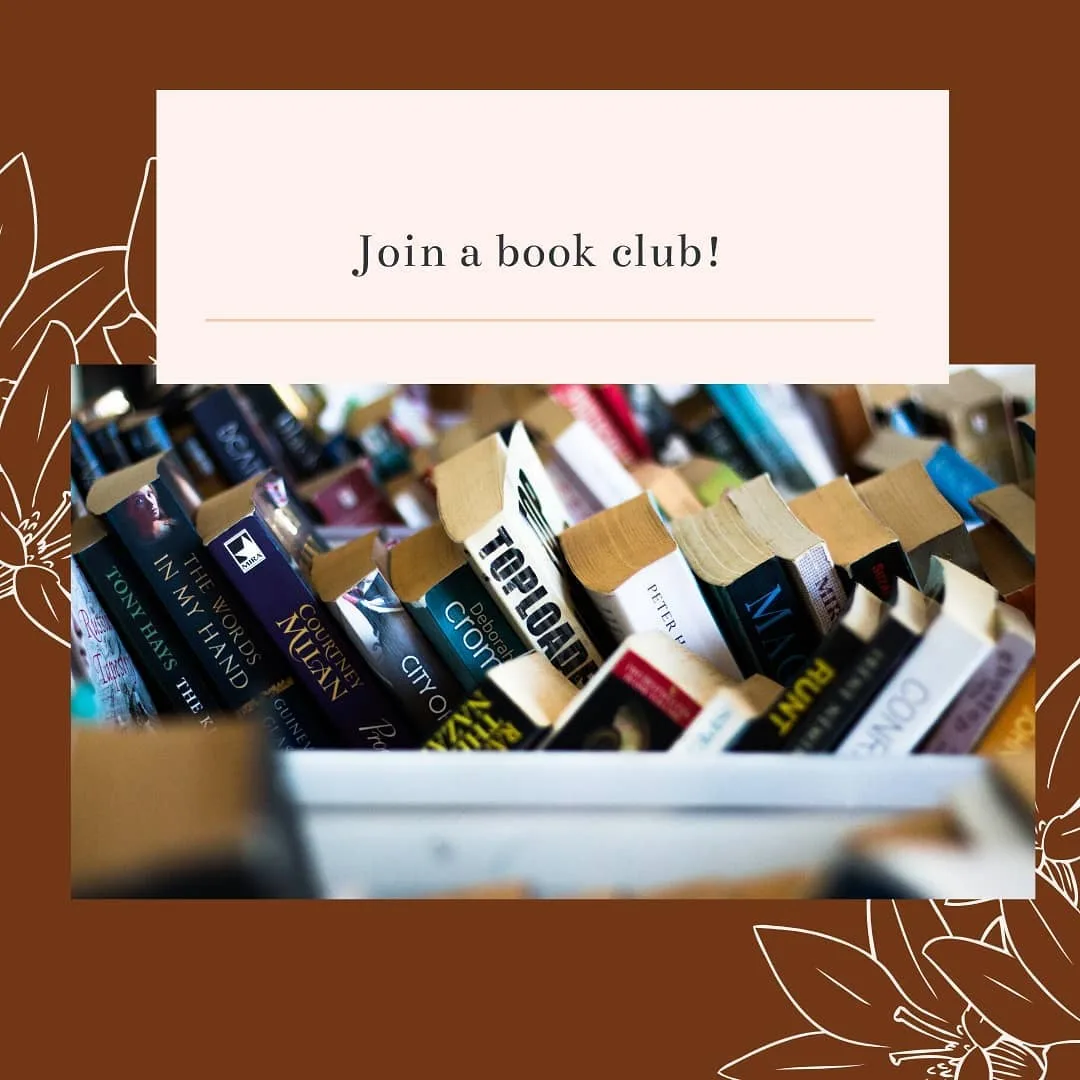
The platform’s hallmark is its aesthetic: beautifully curated photos of books, often paired with cozy props, designed to entice and inspire followers. But beyond the visuals, Bookstagram is a forum for in-depth reviews, creative discussions, and genuine community-building.
Democratizing Book Discovery

Bookstagram has democratized the literary world. Anyone with a smartphone can become a book influencer, sharing recommendations, reviews, and personal reflections. This inclusivity has broken down traditional barriers, allowing voices from diverse backgrounds to be heard and celebrated. The result is a more dynamic, representative literary landscape, where marginalized authors and niche genres can find enthusiastic audiences.
Reading More, Reading Differently
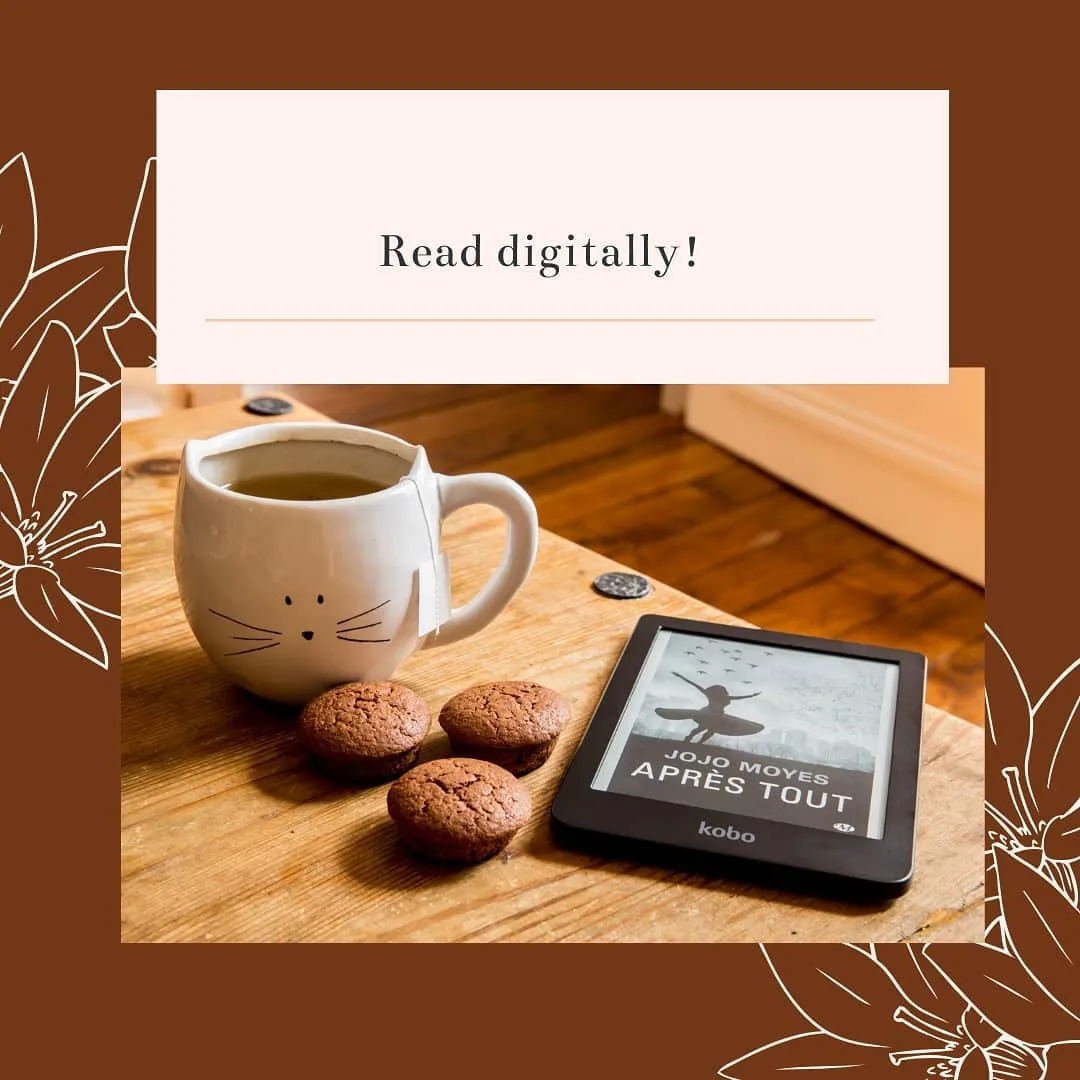
Contrary to the stereotype of a generation glued to screens and uninterested in books, Gen Z is reading-just not always in traditional ways. Surveys show that over half of Gen Z reads at least once a week, with many reading daily. They are also more likely than previous generations to seek out diverse stories and authors, with 79% stating that representation in books is crucial to their choices.
Bookstagram has played a key role in this shift, amplifying hashtags like #diversereads and #ownvoices, and making it easier for young readers to find books that reflect their identities and interests.
From Passive Consumption to Active Participation

Bookstagram has fostered a culture of active reading. Gen Z readers don’t just consume stories-they engage with them. They post reviews, create fan art, participate in themed reading challenges, and even interact directly with authors through comments and direct messages. This participatory approach has made reading a social, interactive experience, blurring the lines between reader, critic, and creator.
The Impact on the Publishing Industry
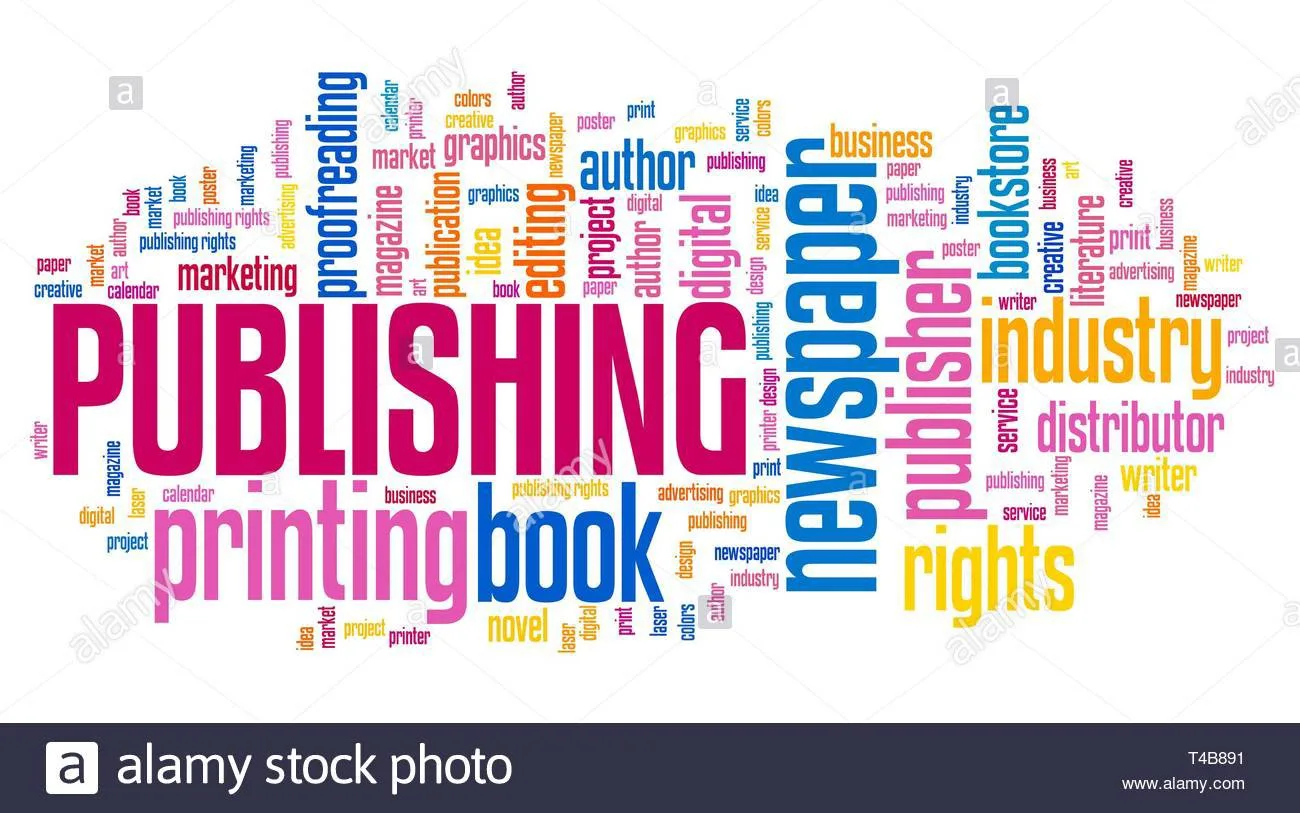
Bookstagrammers have become influential tastemakers in the publishing world. Their recommendations can catapult books-sometimes years after their release-onto bestseller lists. Publishers now actively collaborate with Bookstagrammers, sending advanced reader copies and partnering for promotional campaigns.
According to industry research, such (Bookstagram) have driven significant increases in book sales, particularly in Young Adult fiction. Nearly two-thirds of Gen Z readers say that book influencers have helped them rediscover a passion for reading.
Reviving Print and Bookstores

Despite the dominance of digital media, Bookstagram has helped revive interest in physical books and bookstores. The allure of a beautifully photographed hardcover, the excitement of a signed edition, or the discovery of a local indie shop-these experiences are celebrated and shared widely on Bookstagram, drawing new crowds back to print and brick-and-mortar stores.
Bookstagram’s Double-Edged Sword: Aesthetics, Trends, and Authenticity
Bookstagram’s focus on aesthetics has made reading visually appealing and aspirational. Those flat lay pictures of books with coffee or matchas on the side, really push one to buy that book. However, this emphasis can sometimes overshadow the substance of books, leading to criticism that the platform prioritizes “the experience of being a reader” over actual reading.
There is a risk that the drive for likes and followers may encourage performative reading or overconsumption, where the goal becomes collecting books rather than enjoying them.
Despite these challenges, Bookstagram’s greatest strength lies in its community. The platform fosters lively discussions, peer recommendations, and a sense of belonging among readers who might otherwise feel isolated in their literary interests. For many, Bookstagram is not a replacement for traditional reading experiences but a dynamic companion-one that makes literature more accessible and engaging.
A More Inclusive, Connected Literary World
![]()
Bookstagram has made literature more inclusive, highlighting marginalized voices and genres that might have struggled to find an audience in traditional publishing. It has also connected readers across the globe, enabling them to share experiences, recommendations, and insights in real time.
This global network has fostered empathy, understanding, and a deeper appreciation for diverse stories. Far from diminishing the reflective nature of reading, Bookstagram often encourages deeper engagement with texts.
Readers discuss themes, draw parallels to their own lives, and debate interpretations-activities that enhance critical thinking and literary appreciation. The platform’s concise review format also helps readers quickly sift through recommendations to find books that resonate with them.
Conclusion: Gen Z’s Lasting Legacy on Reading Culture
Gen Z, through Bookstagram and similar platforms, has not only revived a love of reading but also reimagined what it means to be a reader in the 21st century. They have made books more accessible, diverse, and interactive, transforming solitary reading into a communal, dynamic experience.
While the emphasis on aesthetics and trends brings its own set of challenges, the overall impact is overwhelmingly positive: more people are reading, discussing, and celebrating books than ever before.
Bookstagram is not just a trend-it is a testament to the enduring power of stories and the adaptability of literature in the digital age. As Gen Z continues to shape the literary landscape, one thing is clear: the future of reading is bright, inclusive, and beautifully Instagrammable.
But what does Gen Z really want? {in terms of books}
They desire narratives that resonate like a playlist: comforting, tumultuous, restorative, dark-academia whimsical, or sorrowful-core. A book may be classified as fantasy, yet what they genuinely desire is gentle magic, emotional connections through shared pain, and morally ambiguous characters who engage in late-night monologues at 3 a.m. Or it might be a love story—but only if it involves some pain initially.

They come for the unexpected turns, the gradual buildup of tension, the adversaries-turned-lovers storylines, and the type of fantasy that provides an escape with novels like Colleen Hoover’s “It Ends With Us”. Gen Z readily accepts clichés—they adapt them, reinterpret them, and infuse them with personal meaning. What they truly seek are tales that reveal concealed aspects of their identity, narratives that reflect their inner turmoil, development, and optimism.
If a book provides solace, insight, or merely the sensation of being acknowledged, they’re fully engaged. For this generation, reading is more than a simple hobby or a means to escape reality—it serves as a potent instrument for self-improvement, personal discipline, and emotional discovery. In a world that relentlessly diverts focus in all directions, books provide a stabilizing influence.
The era of reading only for enjoyment has ended. Today, it’s about cultivating a routine and reading books that act as manuals—assisting Gen Z in managing everything from financial knowledge to mental health. Books such as The Subtle Art of Not Giving a F*ck and Atomic Habits have become popular among individuals aiming to develop improved habits, oversee their finances, and maintain productivity.
It’s about seizing control and applying the knowledge found within these pages to establish objectives, conquer challenges, and enhance your life. For Gen Z, it’s about utilizing the insights gained, implementing real changes, and designing a framework for a more intentional, structured life. Reading has turned into a zone where youth can discover both inspiration and release. It’s not merely the allure of reading but rather the lifestyle being fostered for a constructive change.
In 2025, books are created not only for reading. They’re created to be experienced, shared online, written about in journals, and revisited beneath twinkling lights. Your upcoming literary fascination isn’t merely approaching—it’s on the verge of spiritually enlightening you. Check out these titles that should be on your reading list this year, directly from Gen Z
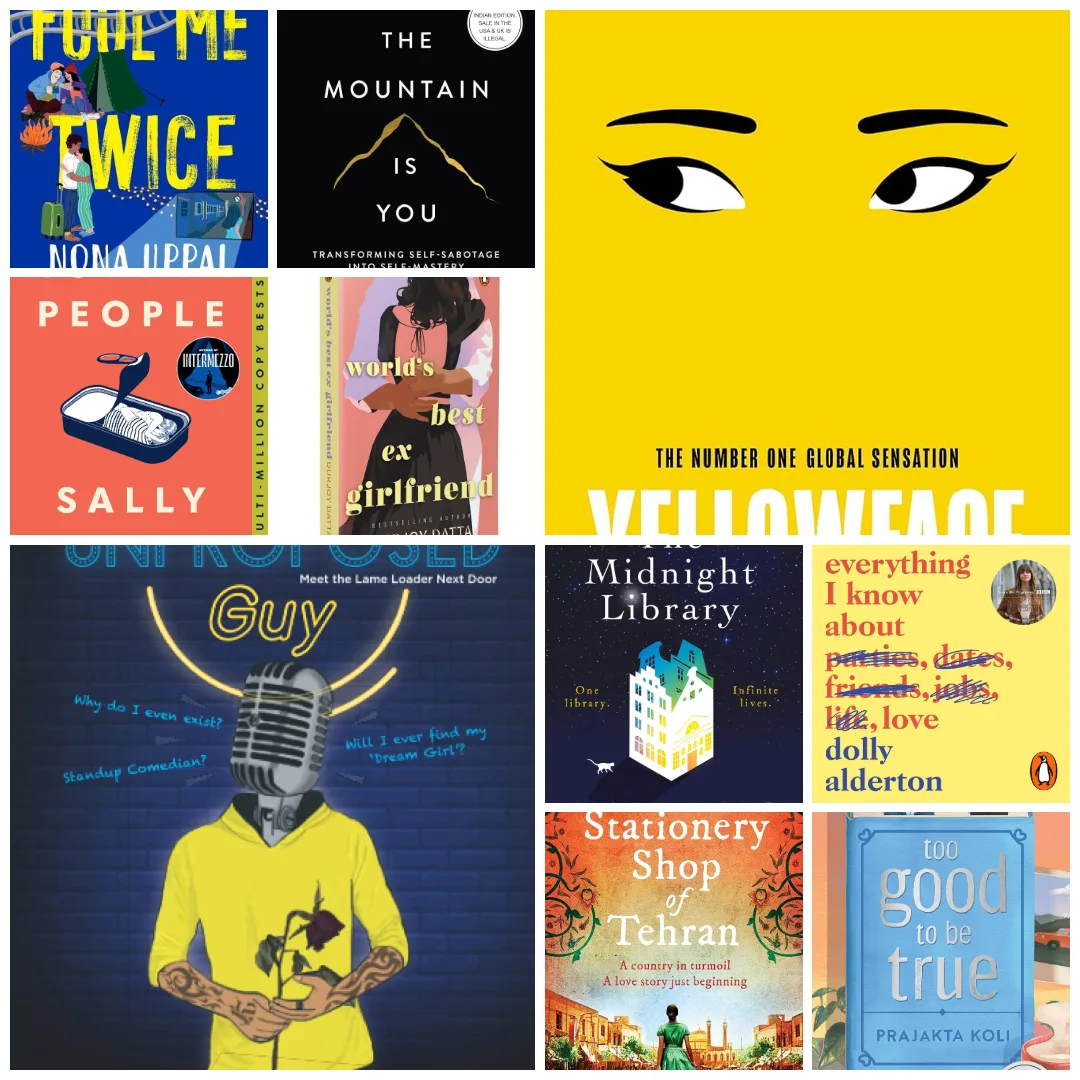
- Everything I Know About Love by Dolly Alderton
- The Mountain Is You by Brianna Wiest
- Yellow Face by Rebecca F. Kuang
- Normal People by Sally Rooney
- The Stationary Shop in Tehran by Marjan Kamali
- The Unproposed Guy by Bhavik Sarkhedi
- The Midnight Library by Matt Haig
- World’s Best Ex-Girlfriend by Durjoy Dutta
- Fool Me Twice by Nona Uppal
- Too Good To Be True by Prajakta Koli
It is evident that reading books has consistently been, is, and will remain a cherished refuge for Gen Z—offering a break from the relentless clamor of the digital age. Books provide an uncommon type of escape. Whether it’s stories that enable us to explore different realms or self-help that offers advice for ourselves, reading permits us to pause, contemplate, and engage with a deeper essence.
It’s a place where we can listen to our own ideas, gain understanding, and above all, inhale.


